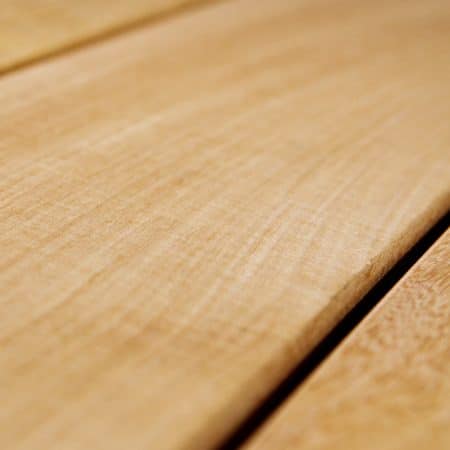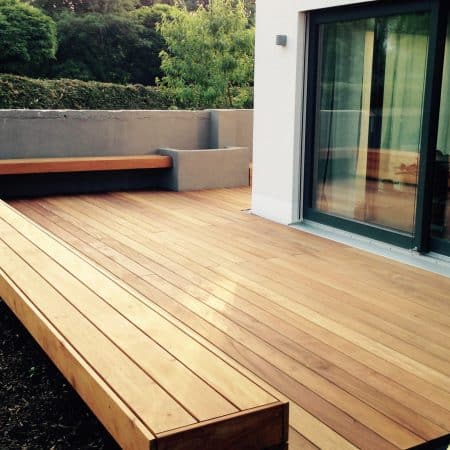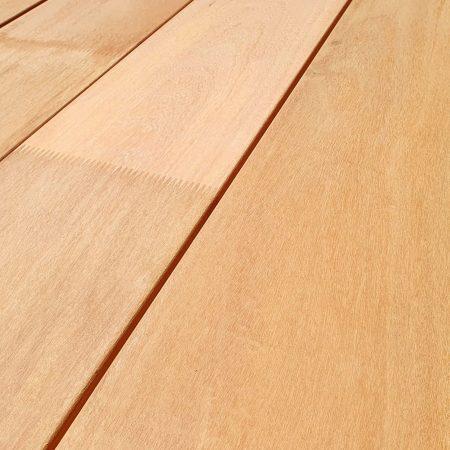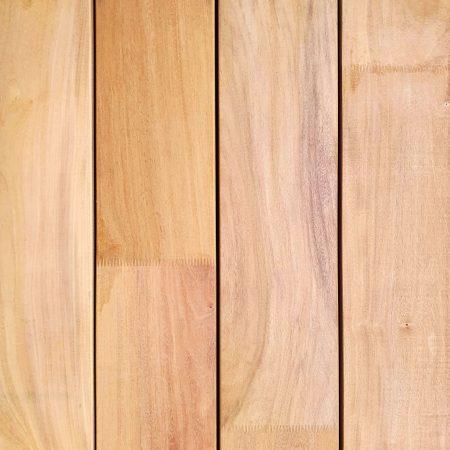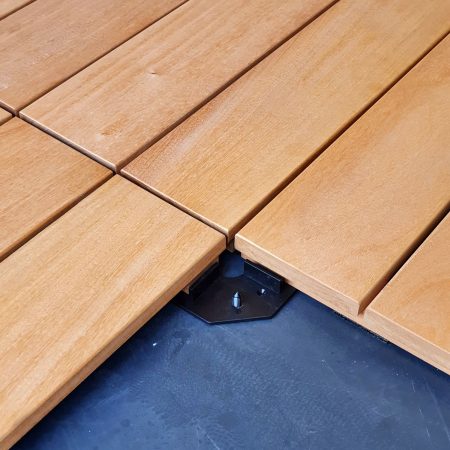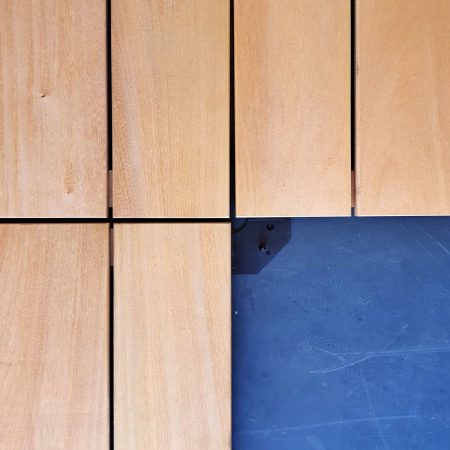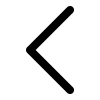
|
Origin |
Brazil, Argentina, Paraguay, Bolivia, Peru, Colombia, Venezuela |
|
bulk density |
0,8 g / cm³ |
|
durability class |
1-2 |
|
radial shrinkage |
0,23% |
|
Tangential shrinkage |
0,41% |
|
wood color |
yellow-brown, darkened to nut-brown |
|
wood structure |
Homogeneous hardwood with glossy stripes |
|
Usage |
Terrace wood |
Garapa, also known as Grapia, is one of the few timbers that combine bright and warm colors with high natural durability and mechanical strength. The wood comes from the South American tree species Apuleia leiocarpa from the legume family. With growth heights of up to 35 meters and trunk diameters of over 1,20 meters, Garapa offers impressive dimensions. The trunks are characterized by a straight, cylindrical growth, with branch-free lengths of around 12 meters. For a long time, the use of this wood was mainly limited to the producing countries, but in recent years the export of semi-finished and finished products has begun, particularly to North America and Europe. Garapa is particularly popular as a profiled decking board.
Garapa is also characterized by honey-yellow heartwood, which takes on a yellowish-brown to golden-brown color after darkening. With alternating grain growth and a medium to fine texture, it appears homogeneous. The heavy and hard wood is similar in strength properties to Afzelia or Robinia. Machining requires carbide tools and pre-drilling is necessary for nails and screws. Drying occurs slowly, with careful management and storage recommended. Natural durability is variable, ranging from very durable to moderately durable. Garapa is suitable for interior and exterior construction, decking, furniture, doors, window frames and floors. From an ecological point of view, cultivation can have invasive effects in certain areas. It is recommended to limit cultivation and combine with native trees to preserve biodiversity.
Sources: Wikipedia, tropix, Wood from the specialist (GD Wood)


